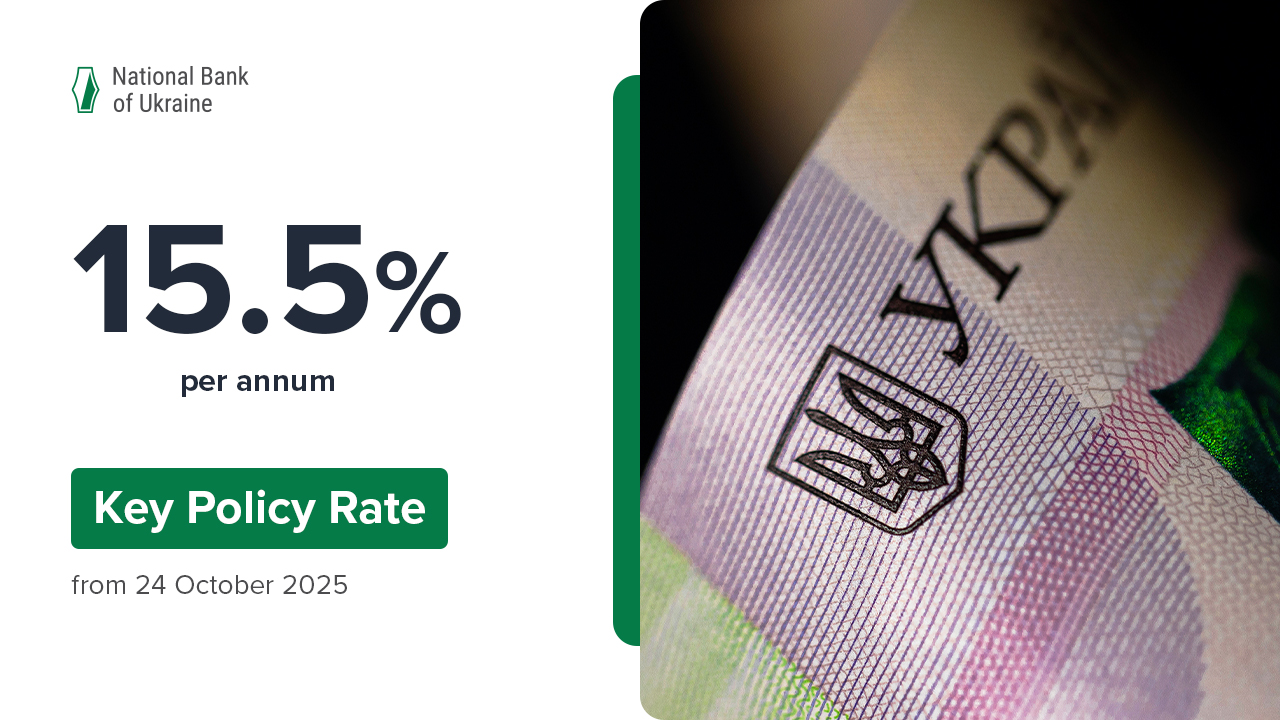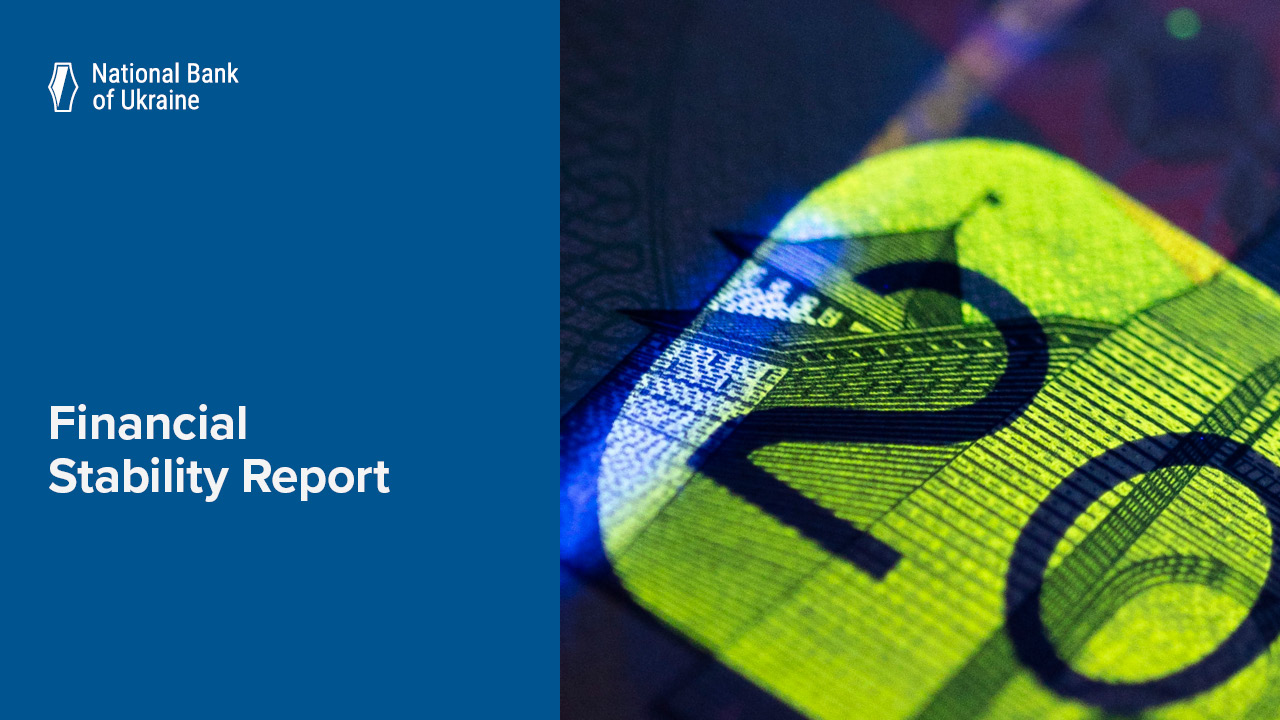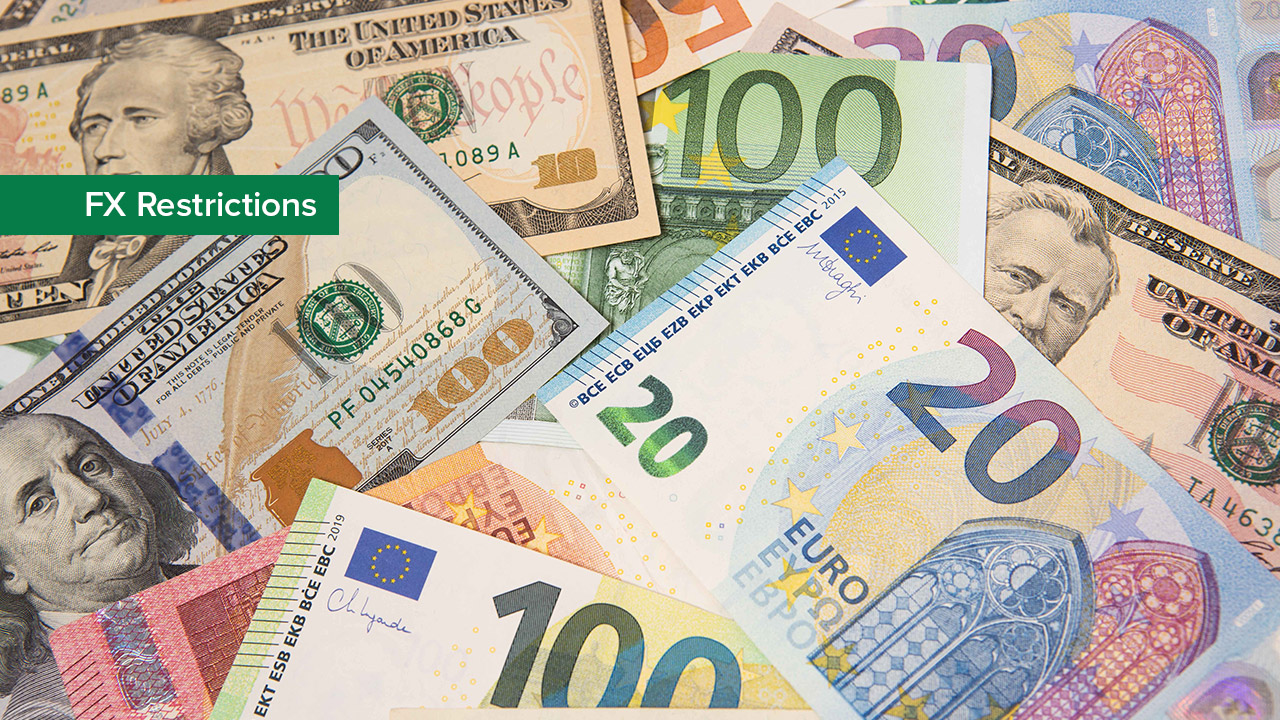In 2016, Ukraine’s real GDP growth stood at 2.3% y-o-y, accelerating to 4.8% y-o-y in Q4 2016, according to the fourth-quarter and full-year detailed GDP data published by the State Statistics Service of Ukraine.
Real GDP growth rates outperformed the NBU's projections (3.3% in Q4 2016 and 1.8% in 2016 as a whole, according to estimates published in the Inflation Report (January 2017). Higher-than-expected real GDP growth was primarily driven by strong agricultural performance and higher investment activity.
In Q4 2016, as expected, agriculture was the main driver of the acceleration in GDP growth owing to a bumper grain harvest (66 million tons) that had exceeded the forecasts. As a result, agricultural GVA grew by 18.4% y-o-y, accounting for more than half of GDP growth.
Strong agricultural performance had a significant positive impact on the dynamics of GDP components by final expenditure.
Thus, the prolonged downward trend in exports was reversed owing to buoyant grain and sunflower oil exports, with exports increasing by 9.7% y-o-y for the first time in six years. However, import growth also accelerated, underpinned by investment demand. As a result, in Q4 2016, as expected, the negative contribution of net exports to real GDP growth declined (by -5.2 pp).
In Q4 2016, gross fixed capital formation growth accelerated sharply to 79% y-o-y. In particular, bountiful harvests of agricultural crops contributed to further accumulation of stocks. Growth of capital investment accelerated to 27.1% y-o-y (versus 10.5% in Q3 2016 in seasonally adjusted terms), outperforming NBU expectations.
However, domestic consumption weakened in Q4 2016. General government consumption resumed its decline (2.2% y-o-y), reflecting slower growth of the consolidated budget’s current expenditures given that they were more evenly spread throughout 2016 compared with 2015. Private consumption growth slowed down to 0.9% y-o-y. In seasonally adjusted terms, private consumption declined by 2.6% q-o-q amid higher utility tariffs. Notwithstanding that the slowdown was anticipated, private consumption was weaker than expected.
In 2016, the NBU’s projections suggesting that investments would be the main driver of economic growth proved correct.
GVA by economic sectors suggests improvements in both agriculture and industry. In Q4 2016, the industrial sector resumed growth, increasing output by 2.2% y-o-y, boosted by the improved performance of the food industry that ramped up the processing of industrial crops and an increase in machinery output thanks to the state orders for military goods and orders from Ukrzaliznytsia for the reconstruction and manufacturing of railway wagons.
The performance of the service sector improved significantly. GVA of financial and insurance activity resumed growth (11.8% y-o-y), among other things, owing to improved financial performance of banks. The fall in GVA of the education sector slowed, while the health care sector’s GVA resumed growth.
In 2017, Ukraine’s economy is projected to grow by 1.9%, according to the NBU’s updated preliminary forecast. In particular, despite a favorable basis of comparison and a certain impetus for growth coming from previous periods, economic growth is expected to slow down in Q1 2017. In January 2017, construction and freight turnover showed a marked recovery, albeit a low comparison base contributed strongly to the acceleration (in January last year, trade and transit restrictions were launched by Russia and some sectors’ performance was hit by adverse weather conditions). However, the transport blockade imposed later in the east of Ukraine adversely affected the industrial sector, including the metallurgical sector.







